#european fairytale
Explore tagged Tumblr posts
Text
LOSER'S BRACKET, ROUND 1A! MATCH 4 OUT OF 8!


*This is only for the 2004 movie starring Anne Hathaway, NOT the 1997 novel by Gail Carson Levine.
Loser's Bracket Propaganda Under the Cut:
Vasilisa the Beautiful:
[No Propaganda Submitted]
Ella of Frell:
Because Anne Hathaway has owned my heart and soul for nearly two decades now.
#cinderpoll#loser's bracket#loser's bracket round 1#loser's bracket round 1a#vasilisa the beautiful#russian fairytale#european fairytale#ella of frell#ella enchanted#ella enchanted 2004#anne hathaway#cinderella#fairytale#poll tournament#poll bracket#character polls#polls
12 notes
·
View notes
Text



Little Red Riding Hood
#fairytale#fairytales#folktale#european fairytale#european folklore#little red#ai#aiart#ai art community#ai artworks#digital art#generative ai#generative art#artificial intelligence#little red riding hood
2 notes
·
View notes
Text

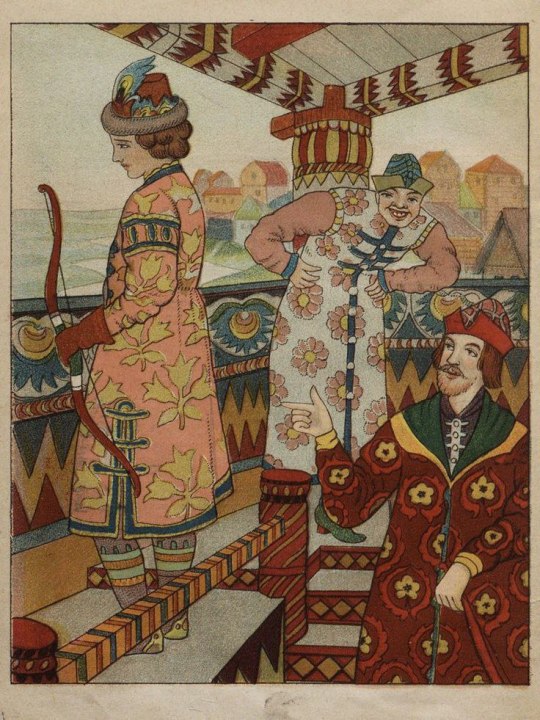
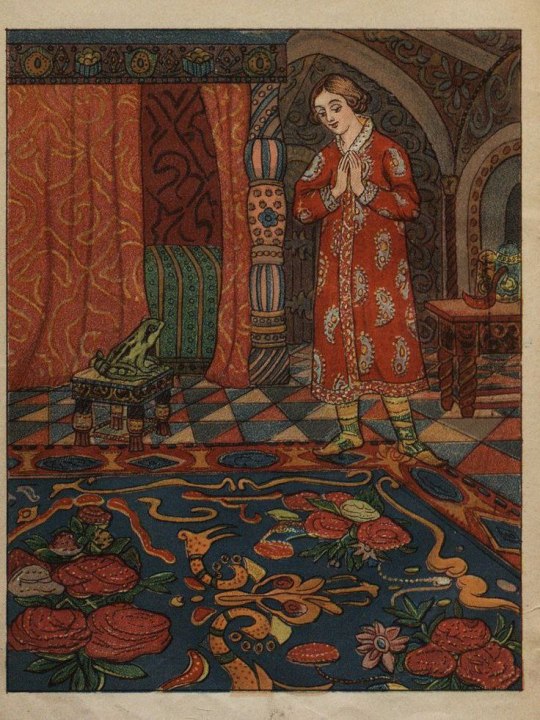

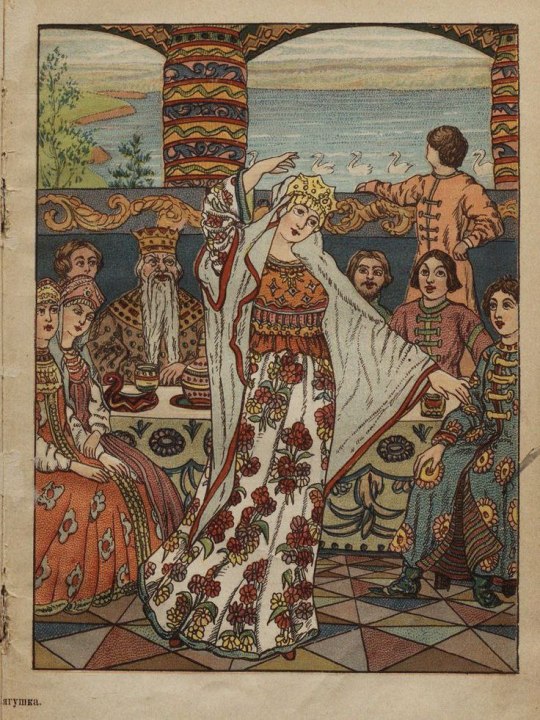
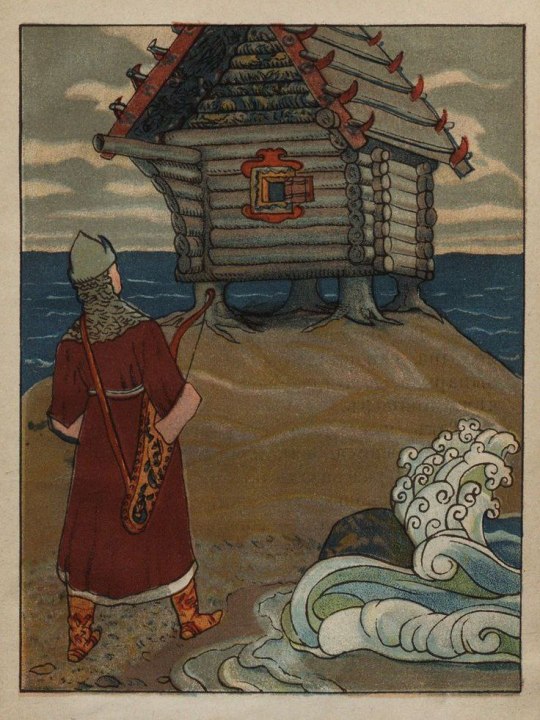
Russian fairytale "The Frog Princess" (1914)
#Россия#Russia#Царевна-лягушка#The Frog Princess#русская народная сказка#russian fairy tale#fairy tale#русская литература#russian literature#literature#русские народные сказки#russian fairy tales#fairy tales#русская культура#russian culture#culture#русское искусс��во#russian art#art#slavic#russian#illustrations#european#fairytale#book#vintage#folk#fairytales#traditional#1910s
883 notes
·
View notes
Text
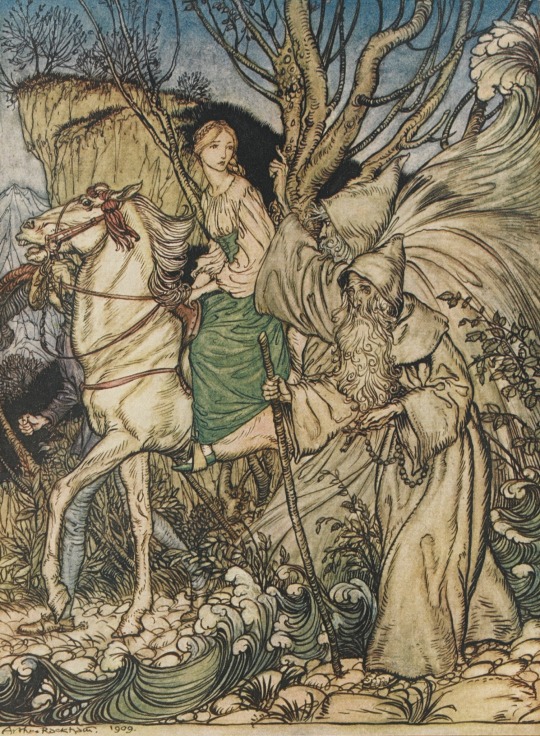
Undine by Arthur Rackham
#undine#art#arthur rackham#illustration#friedrich de la motte fouqué#fairytale#fairy tale#germany#german#water spirit#mythology#mythological#supernatural#soul#medieval#knight#europe#european#romance#paracelsus#esoteric#ondine#fairy tales#folklore#fairy#mermaid#history#romantic
416 notes
·
View notes
Text

Walter Crane, author and illustrator (1845-1915) • The Frog Prince and Other Stories • 1874 • George Routledge and Sons, publisher
"The Princess Meets a Talking Frog in Her Garden."
The Frog Prince is an adaptation of the classic fairy tale by the same name.
#art#illustration#illustrator#walter crane#british artist#european fairy tales#fairytale illustration#children's literature#frog prince#book illustration#classic kid lit#19th century illustration#sassafras & moonshine blog
78 notes
·
View notes
Text
Gothic Fantasy/Folk Horror Books: 10 Recommendations
Uprooted by Naomi Novik
Spinning Silver by Naomi Novik
Juniper & Thorn by Ava Reid
The Wolf and the Woodsman by Ava Reid
A Far Wilder Magic by Allison Saft
Down Comes the Night by Allison Saft
Not Good For Maidens by Tori Bovalino
The Bear and the Nightingale by Katherine Arden
Nettle & Bone by T. Kingfisher
The Gathering Dark: An Anthology of Folk Horror by Tori Bovalino and others
#juniper & thorn#the wolf and the woodsman#naomi novik#ava reid#t kingfisher#tori bovalino#gothic fantasy#folk horror#folktales#dark fairytale#fairytale retelling#eastern european#folklore#russian folklore#the bear and the nightingale#books#books and literature#book blog#ya books#book recs#book recommendations#bookish#booksbooksbooks#the brothers grimm#gothic books#dark fantasy#cozy fantasy#cozy books#polish folklore#jewish folklore
664 notes
·
View notes
Text
ROTG OC Ideas! 💡❄️
❥ Hello everyone! 👋🏽 I know I already posted the other day but I came up with this quick one for fun lol, enjoy!

New Year’s Eve/Day - Global
Diwali - India
Holi - India
Lunar New Year - China
Mid-Autumn Festival - China
La Calavera Catrina - Mexico
Lady Justice - Global
Lady Liberty - America
The White Knight - England
Old Man Winter - Greece
The Snow Queen - Denmark
La Befana - Italy
The Brave Little Tailor - Germany
The Rose Queen - Britain
Lady of the Lake - Britain
Nymphs - Greece (Universal)
The Mermaid King - Denmark (Universal)
The Golden Mermaid - Thailand
The Coyote - America (Native American)
The Rainbow Crow - America (Native American)
The Monkey King - China
Momotaro - Japan
Jade Rabbit - China
Moon Rabbit - Japan
#rise of the guardians#rise of the guardians oc#rotg#rotg oc#rotg headcanons#rotg fandom#rotg x reader#rotg santa clause#rotg bunnymund#rotg sandy#rotg north#rotg tooth#rotg jack frost#rotg pitch black#fairytales#mythology#european mythology#greek mythology#american mythology#chinese mythology#japanese mythology#thai mythology#mexican mythology#fantasy headcanons#fantasy prompts#holidays
23 notes
·
View notes
Text

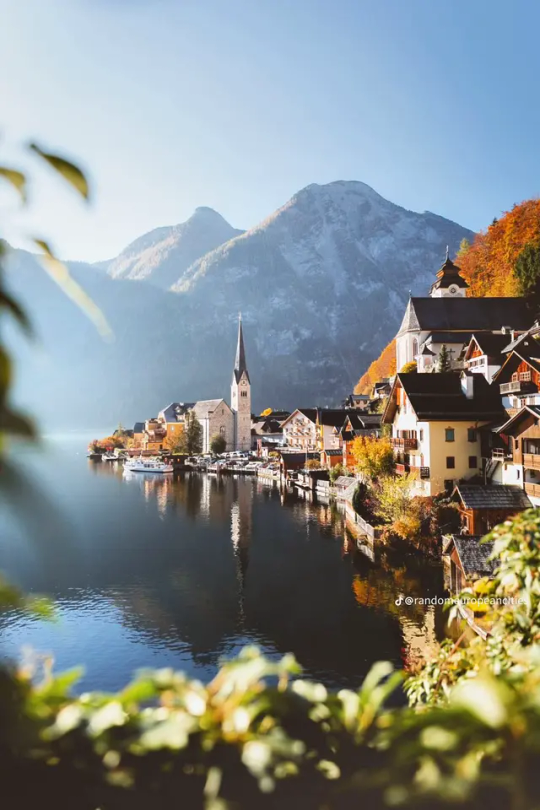

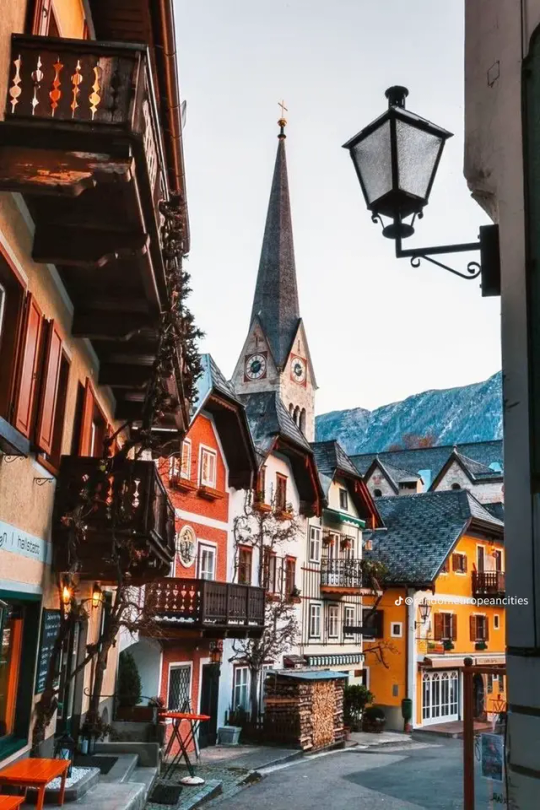


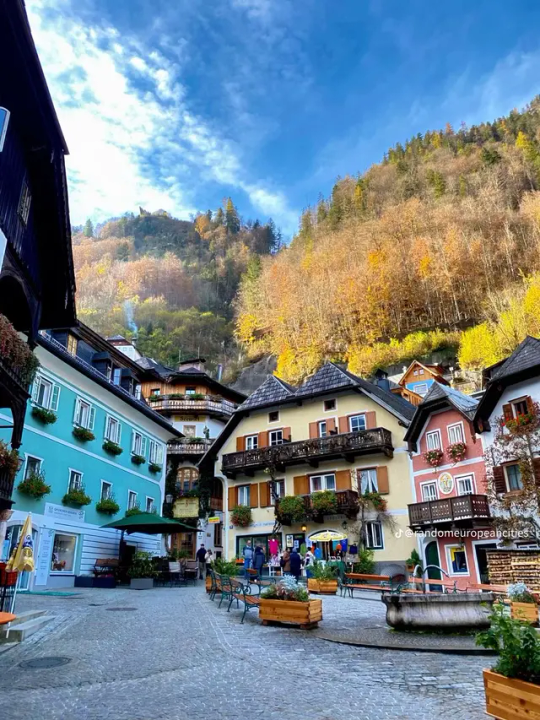
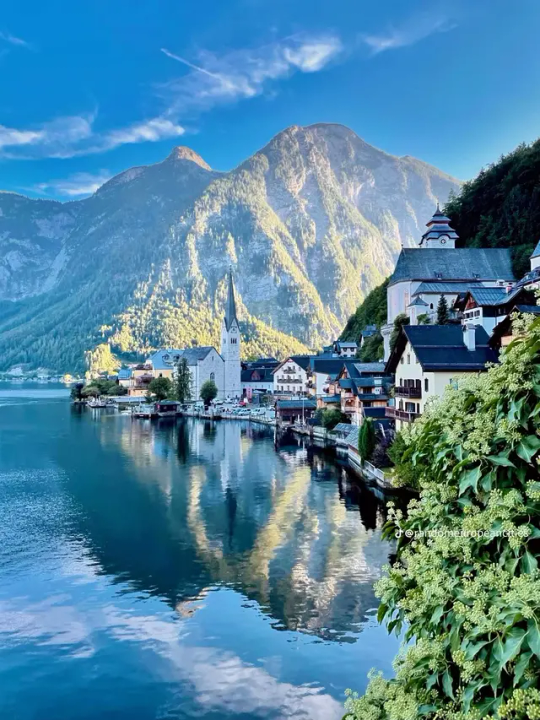
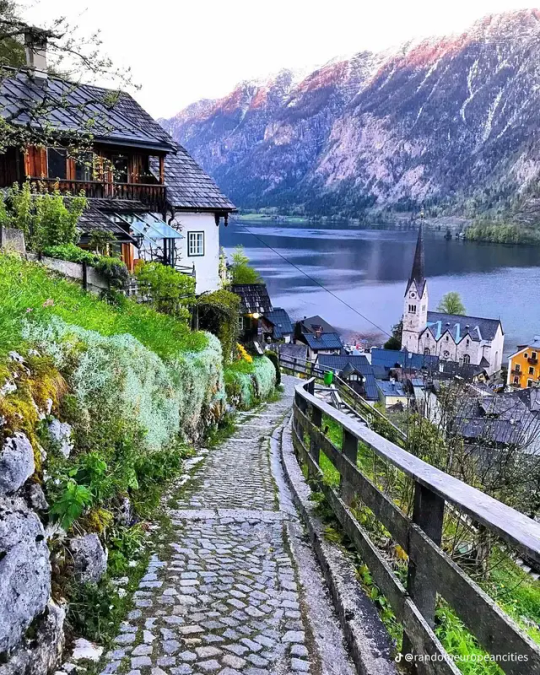
📍Hallstatt, Austria
from randomeuropeancities on tiktok
#travel#wanderlust#beauty#perfect places#beautiful photos#beautiful places#europa#europe#nature#beautiful planet#water#mountains#greenery#trees#austria#hallstatt#fairy tale aesthetic#fairytale#european city#european vacation#europe trip#european destinations#tourist destinations#random european city
19 notes
·
View notes
Text
Fuck it. I'm not calling it United States of Auradon anymore. It's the EverRealm Union now (aka the E.U.)
Wonderland doesn't use the same currency because they don't feel like it
#80% of those fairytales are european. let's do european jokes#descendants#i wonder what fantasy brexit would be like
16 notes
·
View notes
Text
is anyone else haunted by a particularly grim moralistic fairytale they heard as a young child, only to grow up and never be able to find any trace of its existence ever again. or just me
#i cant remember enough details but its a story about a selfish duck/chicken/bird that doesnt stop to help other people on its way to ????#and when it gets captured by a cook nobody will answer its cries for help#so it ends up getting cut in half and turned into a weather wane#its so fucked i want to read it again#i think its a slavic or easter european fairytale originally but i've found NOTHING even remotely close to this#auughhhhh#chat tag#the message being: help other people or die (or something lol)#i think one of the characters was stuck under a tree and the other may have been some kind of wind spirit???#aw man#easternnnnnnn
11 notes
·
View notes
Text


Ole Lukøje (Dream God) Ana by amaralis/amaralis_a (cara, twitter, reddit)
#ana#overwatch#fan skin#fanskin#amaralis#myth/legend#amaralis_a#folklore/fairytale#North European Culture
10 notes
·
View notes
Text
LOSER'S BRACKET, ROUND 2A! MATCH 3 OUT OF 4!

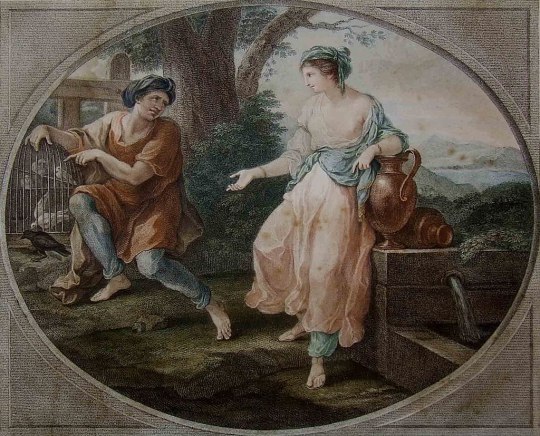
*Includes Grimm Brothers and Charles Perrault tales.
Loser's Bracket Propaganda Under the Cut:
General European Fairytale Variant:
[No Propaganda Submitted]
Rhodophis:
Going to bat for one of the two original cinderellas. Og respect etc.
#cinderpoll#loser's bracket#loser's bracket round 2#loser's bracket round 2a#cinderella#aschenputtel#rhodophis#cendrillon#european fairytale#grimms fairytales#charles perrault#greek fairytales#poll tournament#poll bracket#character polls#polls#fairytale
6 notes
·
View notes
Text

Just like a fairy-tale
Bavaria. Germany
#landscape#landscape photography#nature#nature landscape#nature photography#mountain#mountains#Alps#Alps mountains#Alpen mountains#Bavarian Alps#allgäu alps#allgau alps#ammergau alps#european mountains#mountainscape#mountain landscape#fairytale aesthetic#autumn#autumn colors#autumn vibes#trees#Neuschwanstein#Neuschwanstein castle#Schloss Neuschwanstein#photographer on tumblr#Bayern#Bavaria#Schwangau#Germany
167 notes
·
View notes
Text
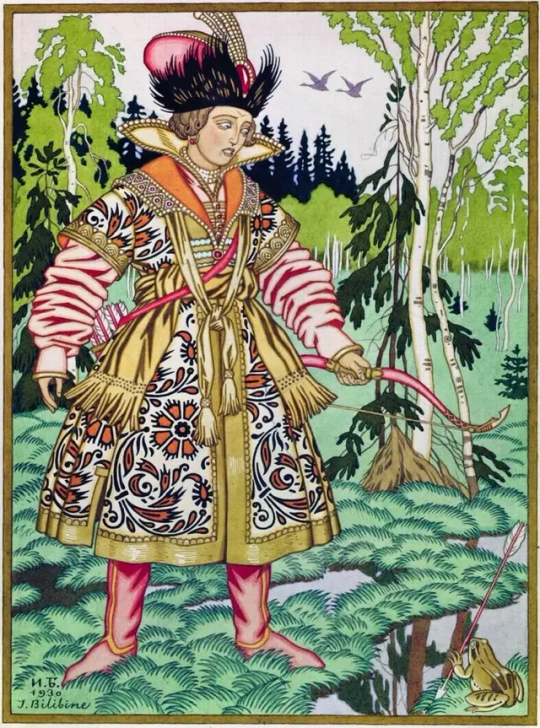
Illustration for the Russian fairy tale "The Princess Frog" (1930)
Ivan Bilibin (1876-1942)
#Россия#Russia#vintage#illustration#русская сказка#russian fairy tale#fairy tale#Царевна лягушка#The Princess Frog#Eastern Europe#русский фольклор#russian folklore#folklore#slavic#русские сказки#russian fairy tales#fairy tales#Europe#beauty#russian#fairytales#русская культура#russian culture#culture#folk#art#european#1930s#30s
36 notes
·
View notes
Text
youtube
Main theme of Tri orísky pro Popelku / Drei Haselnüsse für Aschenbrödel (1973; Three Wishes For Cinderella), dir. Václav Vorlícek.
Undoubtedly the most famous of the Czechoslovakian / East German fairy tale film cooperations, it is often hailed as a European fairy tale classic and a feminist iteration of the age old story of Cinderella. Though most of the cast were Czech, the film also became a cult classic in the GDR and later reunified Germany.
Libuše Šafránková (1953-2021) plays the part of the abused orphaned stepdaughter who goes on to marry the prince after setting him a riddle.
Karel Svoboda (1938-2007) was a beloved Czech composer who created the famous soundtrack for this film as well as other children's classics.
#Tri orísky pro Popelku#drei Haselnüsse für Aschenbrödel#three wishes for cinderella#main theme#ost#european fairytales#cinderella#fairytale movies#fairytale films#cssr#ČSSR#DDR#GDR#east germany#czechoslovakia#eastern bloc cinema#eastern bloc#70s cinema#fairy tales#Aschenbrödel#aschenputtel#uploads#karel svoboda#Libuše Šafránková#czech composer#czechia#Youtube#Václav Vorlícek#czech cinema#east german cinema
8 notes
·
View notes
Text
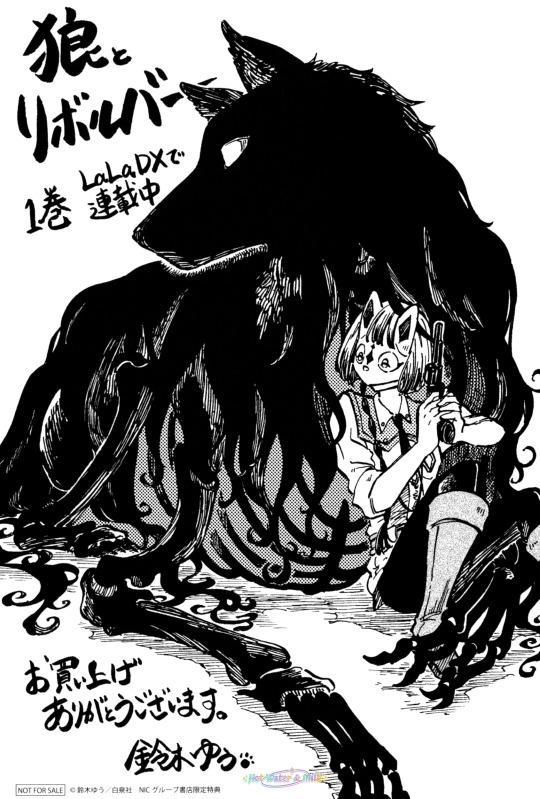
Series: Ookami to Revolver Artist: Suzuki Yuu Publication: ‘Ookami to Revolver’ manga volume #1 (02/2024) Details: NIC Group Bookstore Limited Illustration Card Source: Scanned from my personal collection
#ookami to revolver#wolf and revolver#okami to revolver#狼とリボルバー#suzuki yuu#yuu suzuki#scan: hotwaterandmilk#merch#merchandise#20s manga#shoujo manga#shoujo#supernatural manga#sharing this scan only to promote the series#because it's gorgeous and haunting like a traditional european fairytale#if you like what you see please buy it when you can and support the artist
16 notes
·
View notes